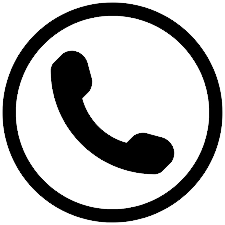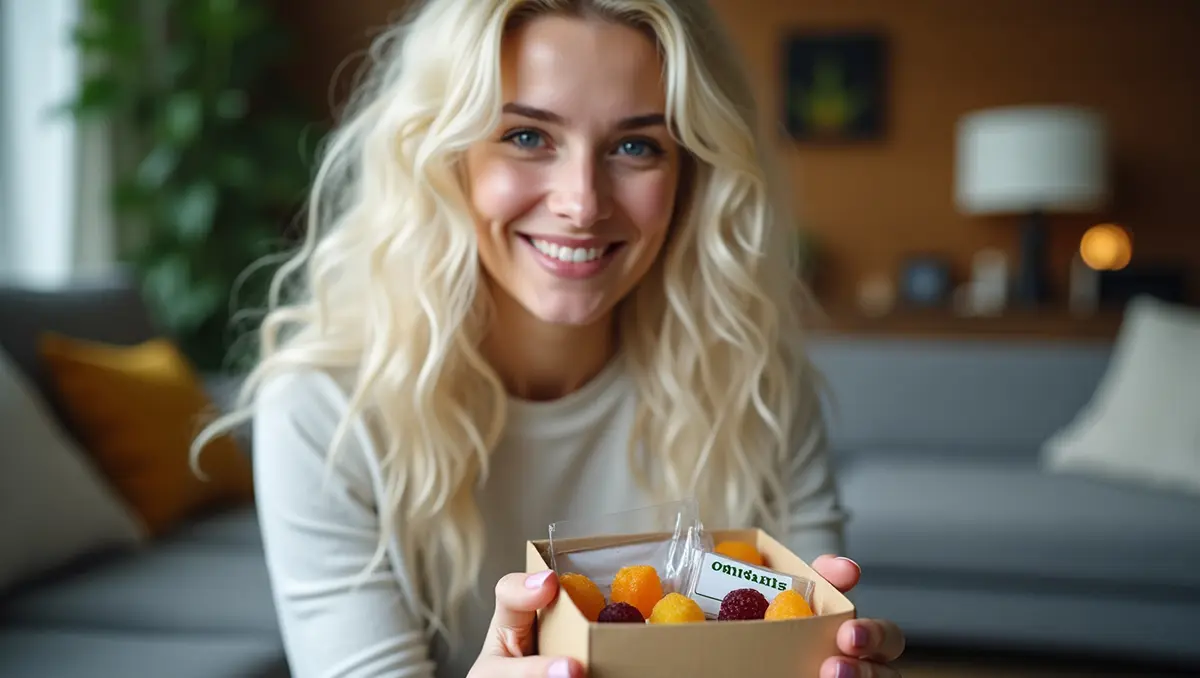Edibles, Same-Day Weed Delivery
Cannabis Edibles in British Columbia: Safe Use, Legal Rules, and Responsible Consumption Guide (2025 Update)
Introduction: Why Edibles Are on Everyone’s Radar
Across British Columbia, cannabis edibles are redefining how adults experience cannabis. From infused cannabis chocolates to fruity cannabis chews, edibles provide a smoke-free, discreet, and enjoyable alternative.
But with growing popularity comes an important responsibility — understanding how edibles work, what’s legal, and how to consume them safely.
This 2025 guide from Weed Delivery Vancouver — your trusted source for same day delivery weed and cannabis education — covers everything you need to know, from reading labels to setting the right dosage, so you can make informed, confident choices.
If you’re in the Lower Mainland, including Surrey, Weed Delivery Vancouver offers quick, compliant, and reliable Surrey weed delivery options for adults 19+ through licensed retailers.
The Legal Landscape in British Columbia
Cannabis is legal across Canada under the Cannabis Act, but each province sets its own additional rules.
In B.C.:
- Minimum age: 19 years old
- Where to buy: Only from licensed retailers authorized by the Liquor and Cannabis Regulation Branch (LCRB) or the official BC Cannabis Stores website
- Possession limit: Up to 30 g of dried cannabis (or its edible equivalent) per adult
- Consumption: Allowed in private residences but prohibited in vehicles and areas where smoking or vaping is banned
Always refer to the Cannabis Control and Licensing Act and Health Canada for the most current information.
What Exactly Are Cannabis Edibles?
Cannabis edibles are food or drink products infused with cannabinoids such as THC (tetrahydrocannabinol) and CBD (cannabidiol).
Because they’re digested rather than inhaled, their effects take longer to appear but last much longer.
| Effect | Inhaled Cannabis | Edible Cannabis |
| Onset Time | Seconds – minutes | 30 – 120 minutes |
| Peak Effects | 10 – 30 minutes | 2 – 4 hours |
| Duration | 2 – 4 hours | 6 – 8 hours (or more) |
⚠️ Tip: Wait at least two hours before increasing your dose — most overconsumption incidents happen because people take more too soon.
Visual prompt: Add an infographic timeline showing edible onset, peak, and duration.
Decoding Labels: THC, CBD, and Dosage
By law, every legal edible in Canada must display:
- THC & CBD content (per unit + total package)
- Ingredient / allergen list
- Standardized cannabis symbol
- Expiry date and lot number
Each package can contain a maximum of 10 mg THC. Even 2.5 mg – 5 mg may be plenty for beginners.
Label Reading Tips:
- Start with 2.5–5 mg THC your first time
- Look for balanced THC : CBD ratios for smoother effects
- Check the best-before date — expired edibles can lose potency and flavor
Visual prompt: Add a sample label image with highlighted THC/CBD sections.
How Your Body Processes Edibles
When you eat an edible, your liver converts THC into 11-hydroxy-THC, a compound that can be more potent and longer-lasting.
This is why edibles can feel stronger than inhaled cannabis even at smaller doses.
Metabolism, body weight, and food intake also affect your experience.
Rule of thumb: “Start low, go slow, and stay safe.”
Setting the Scene for a Positive Experience
To ensure a safe and enjoyable time:
- Choose a comfortable, calm environment
- Avoid mixing cannabis with alcohol or other substances
- Stay hydrated and eat beforehand
- Have trusted friends present, especially for first-time use
- If you feel uneasy, rest and hydrate — effects will pass
Recognizing and Responding to Overconsumption
Too much THC may cause anxiety, dizziness, or nausea — unpleasant but temporary.
If this happens:
- Move to a quiet space
- Sip water and breathe slowly
- Avoid taking more
- If symptoms persist, call 811 (HealthLink BC) or seek medical advice
Prevention beats cure — always wait several hours before redosing.
Storing Edibles Safely
Because edibles can look like ordinary treats, proper storage prevents accidents:
- Keep in original, child-resistant packaging
- Store locked away and out of reach of children or pets
- Label clearly to avoid mix-ups
- Dispose safely — mix with cat litter or coffee grounds before discarding in the trash
Visual prompt: Include a labelled image comparing safe vs unsafe storage.
Understanding THC vs CBD
| Cannabinoid | Primary Effects | Common Uses |
| THC | Psychoactive “high”; relaxation, euphoria | Recreation, pain relief, appetite |
| CBD | Non-intoxicating; may balance THC | Stress relief, sleep, and inflammation |
Balanced edibles containing both cannabinoids provide a gentler experience.
Stay informed through credible research sources like Health Canada’s Cannabis Research Library or the Canadian Centre on Substance Use and Addiction (CCSA).
Finding Trusted Retailers
British Columbia’s regulated market ensures products meet strict safety and testing standards.
To confirm legitimacy:
- Visit Government of British Columbia website for the official store locator
- Check excise stamps + lot numbers
- Avoid unlicensed online or social-media sellers — these may bypass testing
Informed buyers help maintain a safe and trustworthy marketplace.
Responsible Consumption & Community Safety
Responsible cannabis use goes beyond personal well-being — it supports community health too.
That means:
- Never drive impaired — THC can affect coordination for hours
- Respect public spaces — even edibles should be consumed discreetly
- Educate others — share reliable information, not myths
- Consult your doctor if you’re on prescription medications
Edibles and Wellness Trends
Many British Columbians explore edibles for wellness — relaxation, sleep support, or mild pain management.
Emerging Canadian studies show that cannabinoids interact with the body’s endocannabinoid system, which influences mood, appetite, and stress response.
Note: Research is ongoing; treat edibles as complementary tools, not cures. Always discuss health concerns with a licensed practitioner.
From Stigma to Education
Since legalization in 2018, public understanding of cannabis has shifted dramatically.
Today, education and transparency replace stigma. Public-health initiatives, community workshops, and academic research help British Columbians make informed, responsible choices.
Knowledge empowers safety.
Frequently Asked Questions
How long do edible effects last?
6 – 8 hours, depending on dose and metabolism.
Can I mix edibles with other cannabis products?
Yes, but use caution — combined THC intake increases risk of overconsumption.
Are edibles safe for pets?
No. Even small doses can be toxic. Store all products securely.
Can I travel with edibles within Canada?
Yes, within national borders and below legal limits. Never travel internationally with cannabis.
Do edibles expire?
Yes. Potency and taste decline over time — check the expiry date before use.
(Structured data: implement FAQPage schema for this section.)
Final Thoughts: Education = Empowerment
Cannabis edibles can be a safe, enjoyable option when approached with awareness and moderation.
British Columbia’s legal framework is designed to protect consumers — and education is your best tool for staying safe.
Stay Informed: Subscribe to our Cannabis Education Newsletter for new safety tips, product updates, and B.C. regulation news.
Author & E-E-A-T Information
Written by: Dr. Dan Roden, MD, Health Writer & Cannabis Education Consultant
Published by: Weed Delivery Vancouver – your trusted source for cannabis education, safety, and responsible use in British Columbia.
References:
Government of British Columbia. (2024, December 12). Cannabis – What’s legal?. Available at: https://www2.gov.bc.ca/gov/content/safety/public-safety/cannabis
Department of Justice. Cannabis Act (2018). Available at: https://laws-lois.justice.gc.ca/eng/acts/c-24.5/
DiLonardo, M. J. Medically Reviewed by Begum, J., MD. (2023, October 31). CBD vs. THC: What’s the Difference? Available at: https://www.webmd.com/pain-management/cbd-thc-difference



